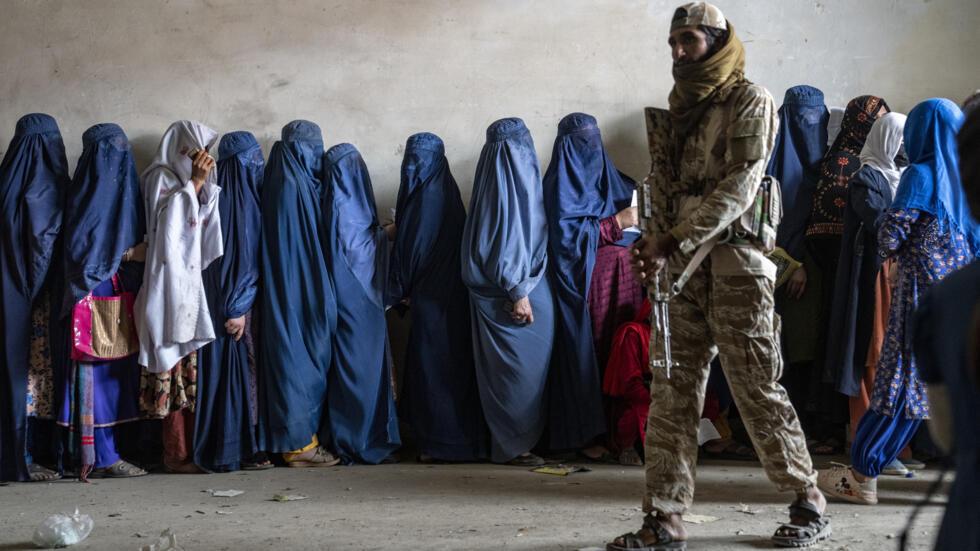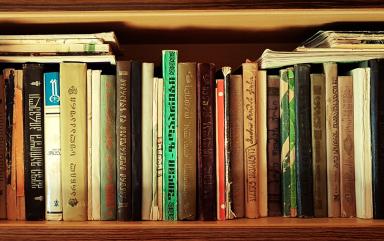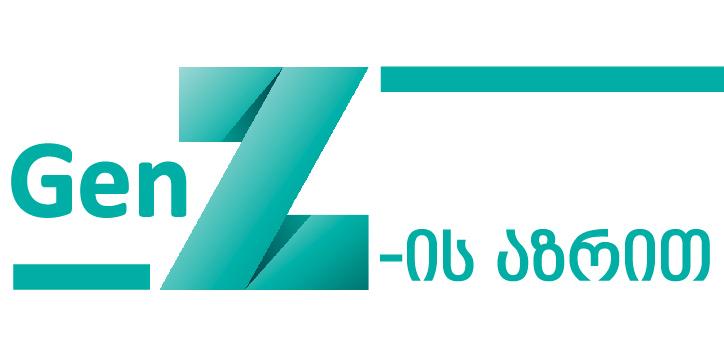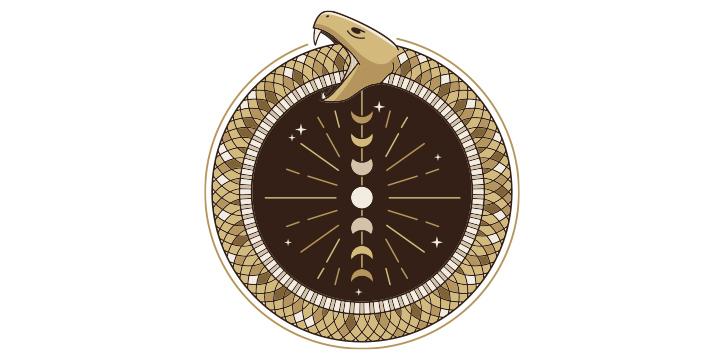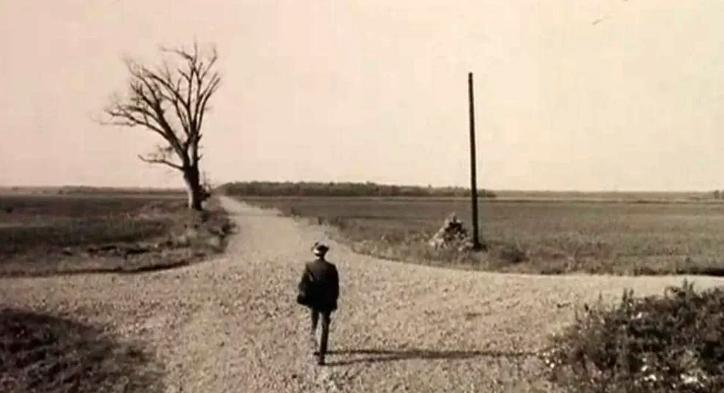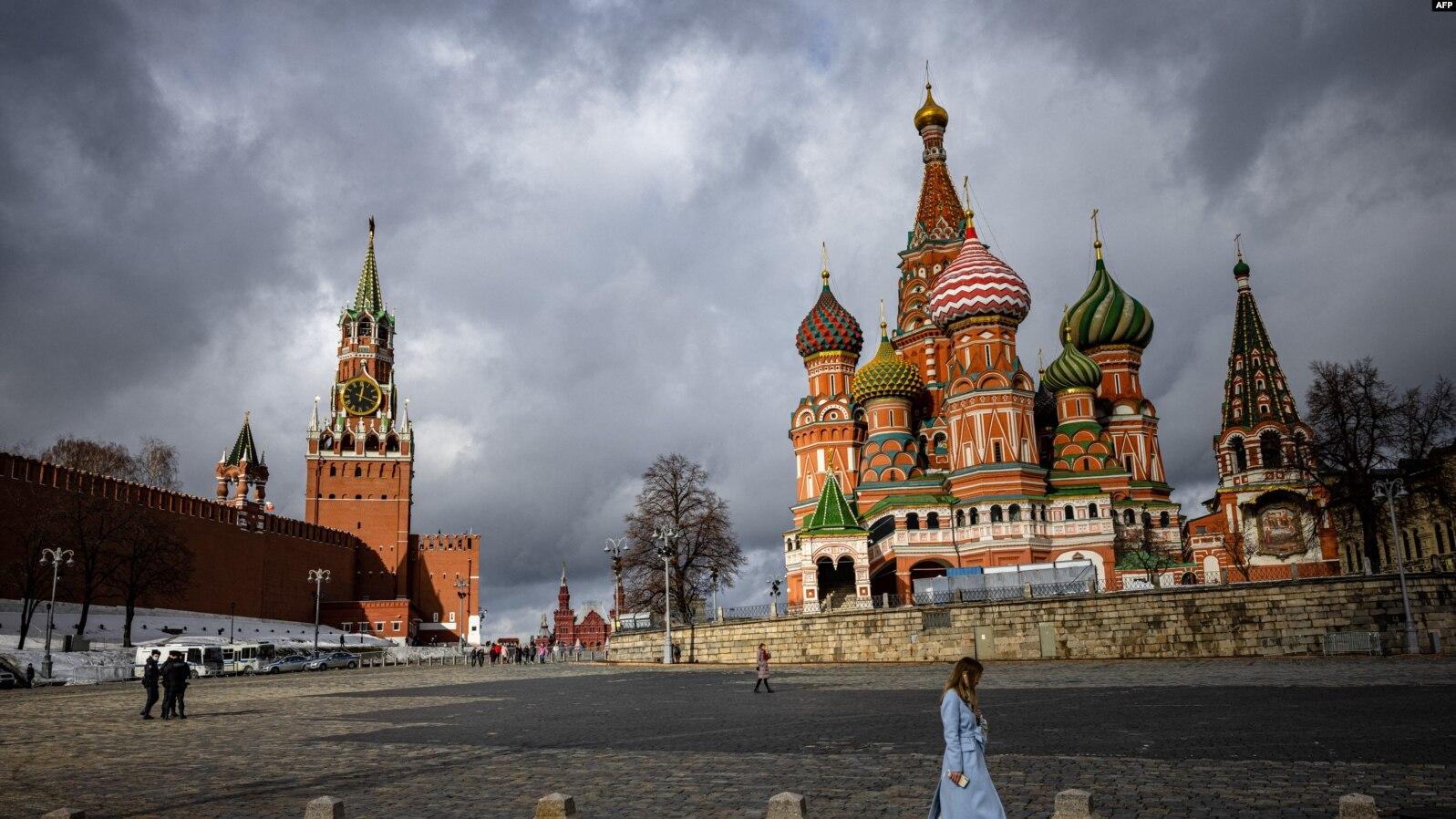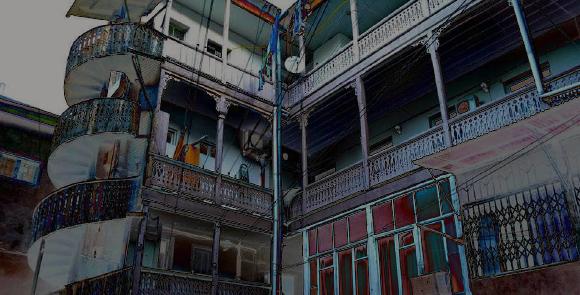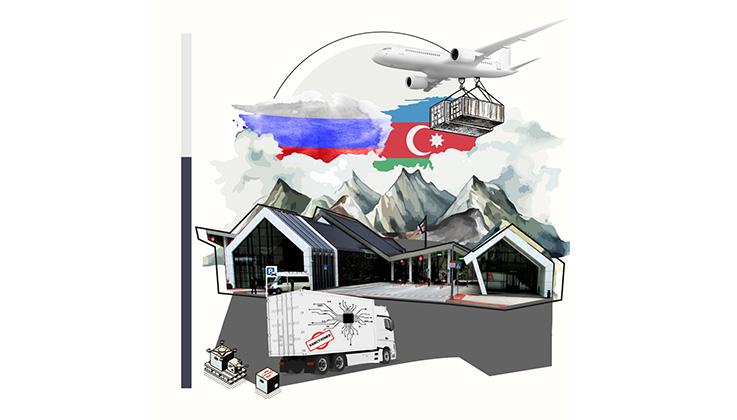Author : Amiran Pachuashvili
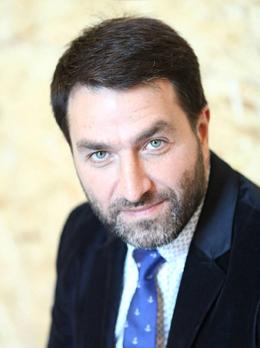
Whether watching TV, scrolling through Facebook, or discussing the events with friends and family, she found herself overwhelmed by emotion, tears flowing uncontrollably as she absorbed the horrors unfolding in Ukraine. She couldn’t help but cry and she didn’t even try to stop. How could she not cry over this catastrophe? How could she not take the tragedy of friendly people and the pain of a brotherly nation to her heart? It was impossible, and so she cried, sometimes silent and sometimes loud, her tears hot and frequent. They rolled uncontrollably down her cheeks, overflowing to the point that she didn’t even wipe them anymore. She cried whether she was standing, sitting, or lying down. She tried not to show her emotions to her 14-year-old daughter, but sometimes couldn’t. The girl, who was going through her own adolescent turmoil, longed to comfort and reassure her mother. But an awkwardness or clumsiness held her back, leaving her mother inconsolable.
Tina and Sasha stayed in an ordinary Tbilisi house, in an ordinary Tbilisi neighborhood, and they lived ordinary lives. Before the war they had nothing to worry about: Tina worked and Sasha studied. Before the pandemic, they were out during the day and at home at night. That period gave them more time to spend at home. They were still counting the number of new COVID-19 cases and deaths and discussing the pros and cons of a third booster shot, when suddenly the tragedy of Ukraine struck. Sasha was old enough to properly perceive the horrors of the war, but she somehow seemed to have a psychological immunity and did not compute information about mass murders and rapes of her Ukrainian peers as devastatingly as her mother. The horrifying footage and chilling stories from Bucha finally shattered Tina. The horrors of Bucha overwhelmed her, reducing her to relentless tears and curses directed at the perpetrators. Each news update deepened her anguish, making the tragedy feel unbearably personal.
Tina and Sasha’s ordinary Tbilisi home had a basement, cluttered with garbage and filled with a foul smell of sewage. The door was locked, leaving it accessible only to flea-ridden cats.
Representatives of the Georgian government had just returned from Bucha, and the Georgian heroes Arkady Kasradze, Zaza Bitsadze, and Alika Tsaava had not yet arrived in Georgia when Tina, returning home from Nikora supermarket, noticed a strange image on the wall of her apartment building. She couldn’t quite comprehend what it was; it resembled a human head with eyes and a mouth drawn as a pentagon, like an inverted triangle. Between the bases of two horns, an inverted cross replaced the forehead. The blue outline was filled in with red. There was also a handwritten inscription, likely in Cyrillic, along with an Arabic numeral seven.
Tina felt a surging confusion and unease at the sight. She recalled hearing about how saboteurs who had settled in Ukraine shortly before the war marked various objects with specific signs. Fear crept in, prompting her to call 112. She reported what she had seen, but the operator responded that similar graffiti had been spotted in other areas of the capital and that there was nothing alarming about it. “It’s just someone painting foxes, as they say” the operator reassured her. However, this explanation did little to calm Tina. With no other options, she could do nothing but return home. As she entered, she somehow remembered Kadebostany’s Mind If I Stay and played it on her laptop, then approached the window, pulled back the curtain and looked out. In front of her stood a massive, once white, now faded to grey, eight-story building with eight entrances. Despite its generic Soviet appearance, there was something familiar and alive about it. Some of the tenants were standing on their balconies, and some were peeking out of the windows. In some places, colorful laundry was hanging, and some lights were on, even though it was still light. Tina suddenly imagined a heavy missile hitting this building, making it collapse right in the middle, catching fire with doomed screams of the people inside. She was terrified and frozen, imagining the building turn black, smoke billowing into the sky, and people leaping from windows and balconies. Tears flowed once again, this time more intensely. “How can you listen to that?” she heard her daughter’s voice from the doorway, snapping her back to reality. Tina closed her eyes and opened them again, relief flooding through her as she saw that the building she had been staring at was still intact. Wiping her tears away, she turned to her daughter and asked for a hug, opening her arms wide. But the girl turned away coldly, leaving Tina feeling dejected as she dropped her hands in frustration.
At the time, there was significant hype on Facebook regarding these signs. Some speculated that recently arrived Russians in Georgia were responsible for painting them, while others claimed that members of a pro-Russian TV and party were using these symbols to intimidate people. Some even suggested that Georgian special services, in collaboration with their Russian counterparts, were involved. Interpretations varied: some saw a fox, others a cat, while some identified the figures as characters like Huggy Wuggy and Kissy Missy, and others thought they represented emo or gothic symbols. Panic quickly spread across the capital and the country. People were scared, especially because similar signs (mostly crosses within a circle) were reportedly drawn in Ukraine before the war broke out. The anxious public, haunted by memories of past wars, feared another potential war.
Tina suggested to Sasha that they go out for cheeseburgers, and Sasha agreed. They dressed lightly and headed outside. The cold winter, which had overstayed its welcome and lingered on through spring, had just ended; the weather was warm, and their walk was pleasant. They strolled to a fast-food place, ordered at the self-service kiosk, and took a seat outside. Both were quiet—Sasha absorbed in her phone, while Tina looked up and noticed a glass police building across the street. It was one of those modern, transparent structures built during the UNM administration, often jokingly nicknamed the “police supermarket” chain.
Once again, in her imagination, a missile flew by with a whistle, this time striking the police station. Glass shattered everywhere, raining down on people walking by. Uniformed officers, some on fire, rushed out of the building and rolled on the asphalt to extinguish the flames. Bystanders sprang into action, stamping out the fire on them. Suddenly, a deafening noise erupted as the police station collapsed entirely, sending a cloud of dust into the air.
“Are the two cheeseburger meals yours?” a voice called, again shaking her back to reality. “Yes, they’re ours,” she replied, turning to look at the police building again. It was undamaged, the blinds installed by the Georgian Dream covering the formerly transparent windows built by the UNM. She let out a breath, feeling a sense of relief.
She saw on Facebook that members of the youth wing of the political party “Lelo” had removed some of the signs using special cleaning solutions, which made her happy. Yet, she remained concerned: in many areas, the symbols remained, and, more troublingly, the police had not taken any steps to identify those responsible for painting them, nor had they issued fines or arrests, claiming they did not know who the perpetrators were. Meanwhile, they were quick to detain civil and political activists from the “Shame” movement and other organizations for trying to place small stickers—just five centimeters in diameter—on the sidewalk. The public remained in an information vacuum, left in a state of fear of the unknown. A video of a bearded and bespectacled Russian man speaking Georgian appeared on the internet. Local residents caught him drawing these symbols and demanded an explanation. With a heavy accent he replied: “Drawing on the walls is culture. I was just drawing.” In Ukraine, such a man would most likely have been beaten up, but here he got away with it: the police arrived at the scene and apparently let him go.
Returning home, Tina went into the bathroom, washed her hands, undressed, and tossed her t-shirt into the laundry bin. Noticing it was full, she opened the washing machine door—and imagined seeing a mine, which exploded. Her daughter’s scream then jolted her back to life. Realizing there was no mine and no explosion, she took a deep breath, but a scream came again, feeling urgent and real. She rushed out of the bathroom and into the living room, where she thought she saw five Russian soldiers. Two of them held her daughter’s arms, one was tearing wildly at her clothes, and the other two were beginning to unbutton their pants. She was paralyzed, unable to move or make a sound, though she tried to scream. Her daughter looked at her with terrified eyes, silently pleading for help. The girl had been stripped completely, turned around, and laid down on the table. The men, their pants down, laughed as they moved toward her. One, who had been undressing, grabbed a pair of pliers and told the others he’d pull out her teeth “to make things easier.” Just as they were about to begin, a bearded Azov fighter burst into the room, taking down all five men with his automatic rifle. She wanted to thank him but couldn’t remember how to say it in Ukrainian; not wanting to use Russian, she finally said “danke” in German. Then she quickly ran to her daughter, wrapping her in a blanket.
“Mom, will you have some tea?” her daughter’s voice swiftly and mercifully returned her to reality. “Yes, I’d love some,” she replied, hugging her tightly. That evening, she thought deeply and came to the conclusion that Crimea is the Abkhazia of Ukraine. She concluded that the symbols on the walls were likely painted by agents of the Georgian security service, indirect associates of Russia, or even Russian agents—the “mini-Putins” of a violent pro-Russian TV station and party.
Later, she read on Facebook about the horrors in Bucha, where Russian perpetrators had reportedly used prepared lists, with the assistance of pro-Russian collaborators, to carry out a systematic slaughter of Ukrainians.
She thought again, questioning whether only groups with an openly pro-Russian stance were collaborators, or if representatives of the Georgian government could be involved as well.
Night had fallen. She looked out the window and this time dreamed of seeing seven tanks rolling toward the darkened metro station, each marked with the last letter of the Latin alphabet, painted in blood. Russian and Chechen fighters armed to the teeth climbed out. They approached the station slowly, their heavy steps echoing as they neared the glass doors where one of those ominous signs had been painted. Inside, civilians were taking shelter, having learned that the government—led by a man, allied with sanctioned Russian oligarchs, who was Georgian by birth but Russian in spirit—had surrendered the country to the Russian-Chechen-Abkhazian-Ossetian forces, allowing them to enter without resistance.
This makeshift fortress in the snow seemed on the brink of falling, waiting to be seized by the occupiers. The next morning, Georgian citizens received an ultimatum: if they handed over their property to the “soft” occupiers—who had invaded Georgia from Mordor as “refugees” following the Russian Federation’s military aggression against Ukraine and the sanctions imposed by the civilized world against Russians—within seven working days, they would be given the opportunity to leave the country unharmed. Otherwise they would be ethnically cleansed.
The president, who had swiftly fled to Iran via Armenia, issued a special decree banning the use of the Georgian language in Tbilisi. Pro-Russian brokers roamed the streets with megaphones, chanting “Do you want war?” The people remained silent, as did Sioni Cathedral (alluding to the famous poem of the Georgian symbolist poet Kolau Nadiradze dedicated to the Soviet occupation).

